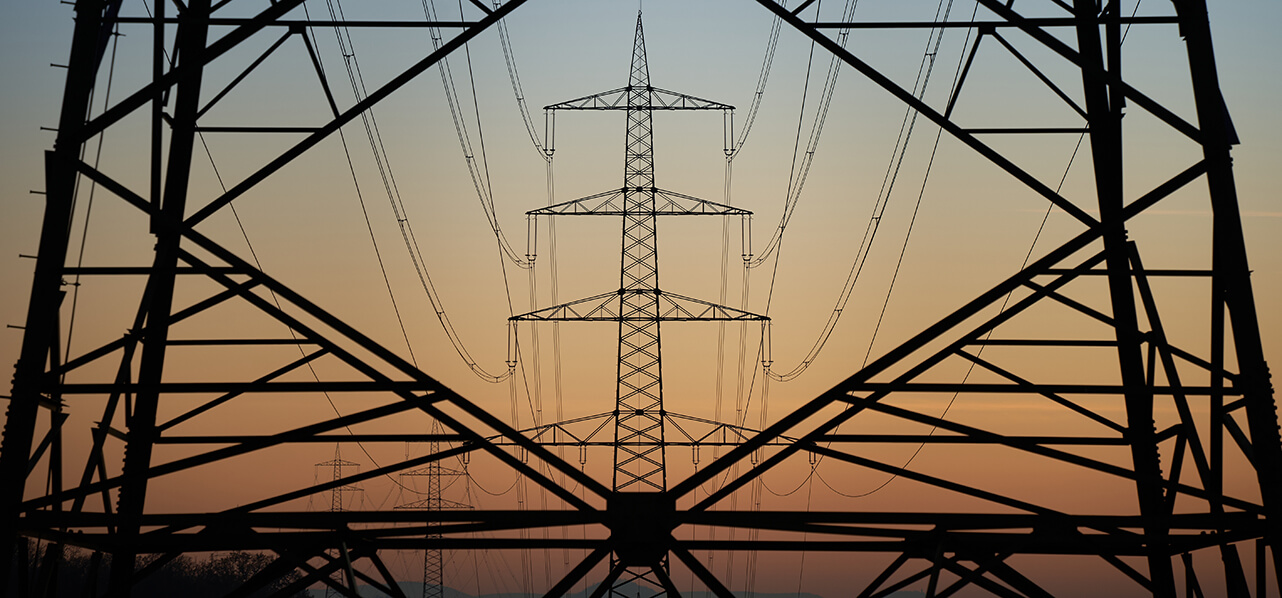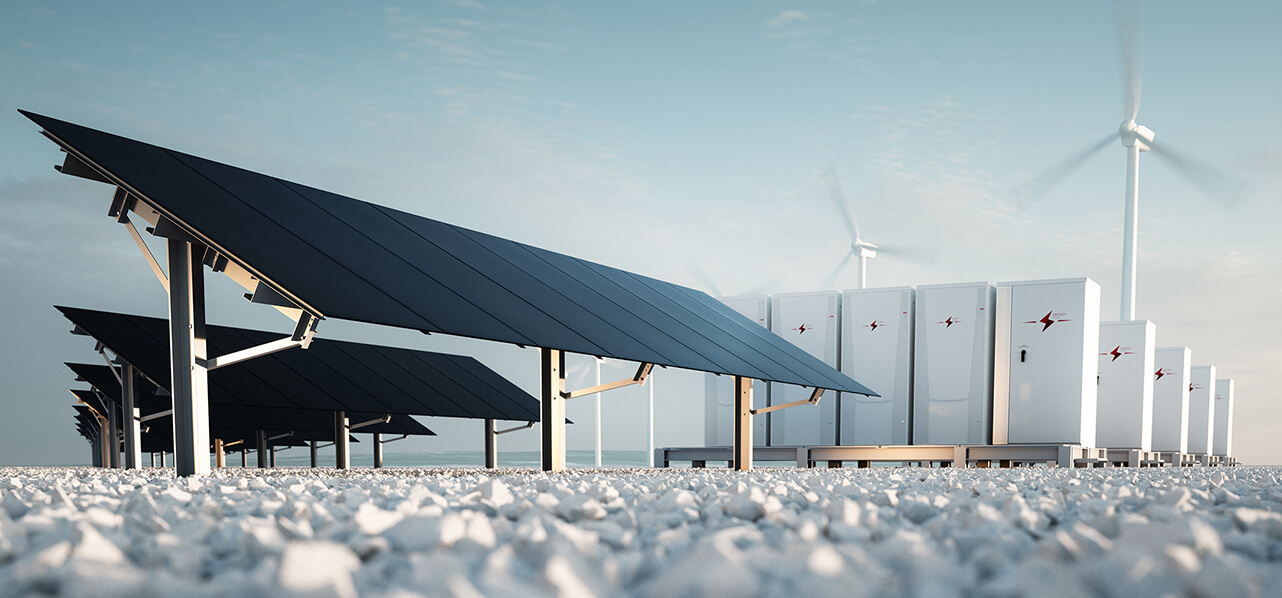General Overview
On 3 July 2024, the Ministerial Decree 21 June 2024, the so-called “Decree on Eligible Areas” (the “Decree”), drafted by the Ministry for the Environment and Energy Security (the “Mase”) in agreement with the Ministry for Culture and the Ministry for Agriculture, Food Sovereignty and Forestry (“MASAF”), entered into force.
The ministerial text, published in the Official Gazette no. 153 on 2 July 2024, contains the “Regulations for the identification of surfaces and areas eligible for the installation of renewable energy plants”.







